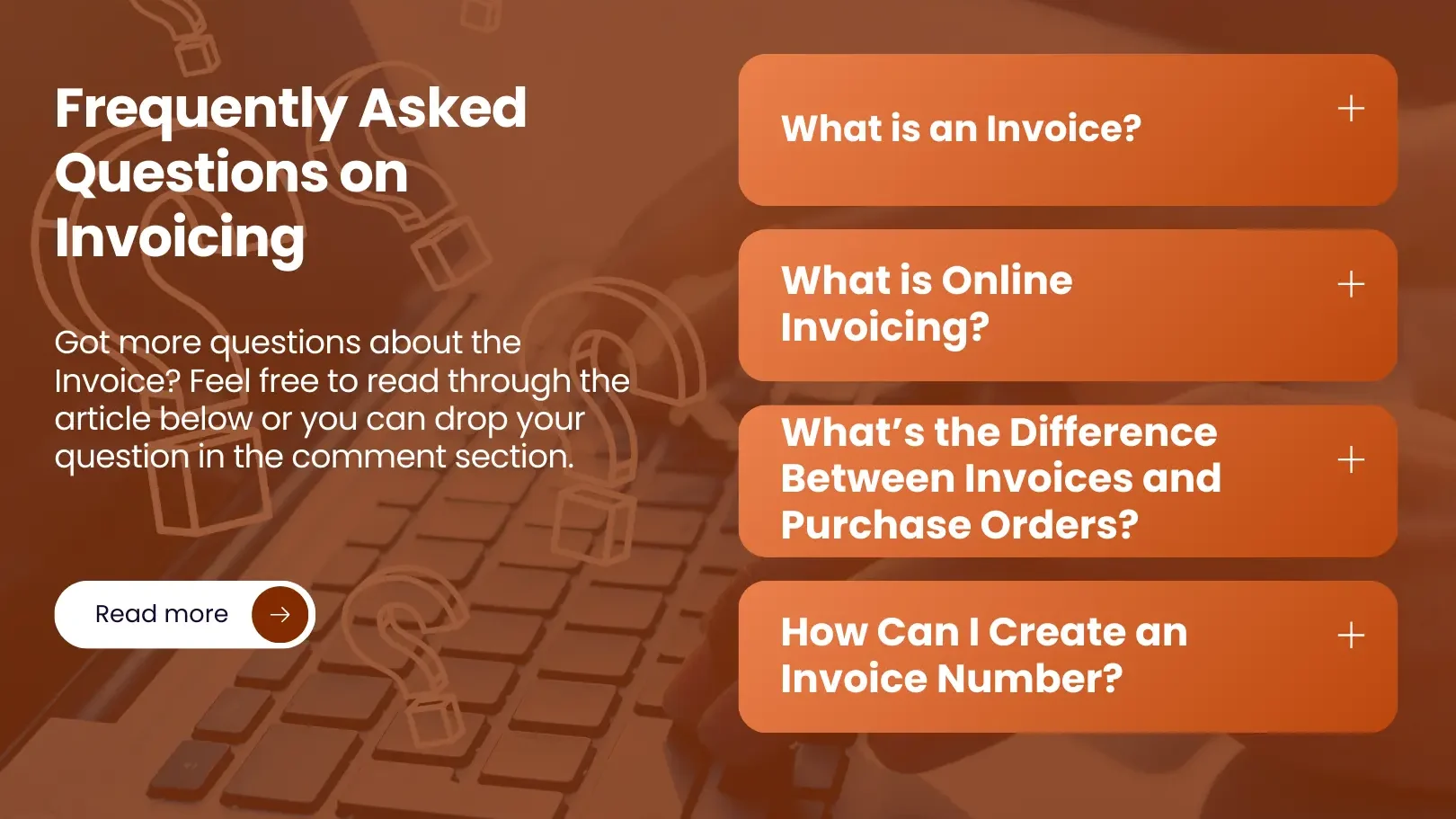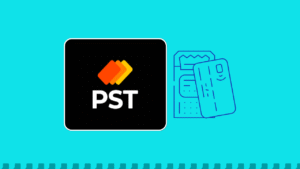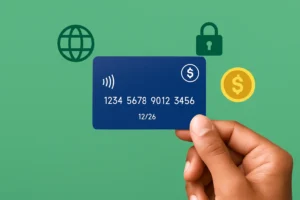The questions that invoices raise extend beyond simply making payments for goods or services. It can be a time-consuming and difficult process, especially when you’re a first-time user.

These Frequently Asked Questions (FAQs) aim to provide a clear understanding of some of the common questions that are often asked.
1. What are Invoices?
Let us start with the most asked basic question: What is an invoice? An invoice is an official document that contains the details of a product sold or a service rendered to a customer. An invoice is generated by a seller to list the products and show the customer the amount owed.
2. What Does an Invoice Entail?
An invoice official should contain 6 important things:
- The invoice date, which is the date that the invoice was issued
- The details of both the seller’s and the buyer’s addresses and names are written
- The details of the transaction and the corresponding amount for each.
- The total amount, after you have included the tax and other charges, where applicable.
- Your preferred payment method.
- Lastly, you must include the due date for the payment.
You can check out our article to learn how you can create an invoice using a template.
3. What is Online Invoicing?
Online invoicing is the revolutionization of the traditional method of invoicing. It is a digital method of generating invoices using online invoicing software. This software allows you to create, send, manage, and even track your professional-looking invoices. You can easily send it to your client either through email or through a secure online portal.
Online invoicing platforms often integrate with online payment gateways, allowing your clients to settle the amount directly through the invoice itself. This can also allow you to automate your invoice processes. You can also use automated payment and billing systems that get you paid faster.
You can also post our blog on free online invoicing platforms with payment processing tools.
4. Are there different types of invoices?
Yes, invoices come in a range of different types that are meant to serve different purposes. Some of the types of invoices are:
- Sales invoice: This is a type of invoice that is used for goods that are sold on credit.
- Pro forma Invoice: An invoice type that is sent beforehand to outline the expected costs before a project begins. It serves as a price quote.
- Commercial Invoice: This type of invoice differs from pro forma because it is legally bound. It is often used to calculate customs charges on imported products, and the prices cannot change until the invoice expires.
- Credit Invoice: Also called a credit memo. This type of invoice is used when a seller wants to give a buyer a discount, correct a mistake, or refund a part of the payment on a previous invoice.
- Recurring Invoice: This type of invoice is what is often used for subscriptions or continuous contracts. They are used when you charge your customer the same amount every time. You can easily use automated invoice processing for this.
There are several other types of invoices, such as Debit invoices, Final invoices, Interim invoices, Standard invoices, Electronic invoices, Retainer invoices, Tax invoices, and Timesheet invoices, which are mostly used by freelancers on hourly contracts.
5. How Do I Manage Invoices?
To manage your invoices, you need to change your invoicing process, and one of the best ways is to stop using paper invoices. The use of paper invoices is time-consuming, difficult to keep track of, and can also get misplaced.
You must embrace technology, such as the online invoicing that was mentioned before. If you run a small business, maybe as a start-up, you can automate your payment system as well.
Also, try to keep your invoices well-organized. You can easily do this by using a sequential unique number for your invoices.
6. What is Invoice Accounting?
Invoice accounting is simply the process of recording your invoices in your firm’s financial accounts. By doing this, you can easily keep a record of your sales and also track your revenue. You can also know which invoice isn’t paid, in case there are, and implement the necessary measures. When you use account software to send your invoice, you can be sure that the entries will be done automatically.
7. How Do I Send Invoices?
As mentioned before, you can send invoices through some accounting software. You can also send invoices to your customers electronically through email or online invoicing software. You must ensure format your invoice as a PDF if you are sending it via email. This is because the document can be reformatted if the customer uses a different software.
When you send your invoice using an online invoicing software, you will enjoy several benefits. This will include professional templates, different payment methods, and the ability to know when your customer receives and opens the invoice.
8. What is invoice reconciliation?
Invoice reconciliation is the process of knowing which invoice is paid and which aren’t. You simply match the invoices you’ve sent to your client and then compare the payment you’ve received to the invoices you sent. This can also allow you to know which payment wasn’t made in full or in excess.
With the use of online invoicing software, you can easily automate this stressful but very necessary process. You can also easily be notified of late payments before or after the payment is due.
9. What’s the Difference Between Invoices and Purchase Orders?
Although invoices and purchase orders are two important business concepts, the main difference between them is who creates them. An invoice is created by a seller to give a buyer the details of their transaction and request payment. This happens after the business transaction.
On the other hand, a purchase order is created by a customer to ask for a product or service from a seller. Purchase orders are initiated before the business transaction occurs. This is different from when a customer requests an invoice, which happens after the transaction has occurred.
10. How Can I Create an Invoice Number?
The invoice number is a legal requirement that must be sequential to avoid mistakes and gaps. It is also important because you cannot repeat the same number on different invoices.
There are two main ways you can easily and uniquely create an invoice number. The first type is using a sequential numbering system with a customer ID. You assign a unique ID number to each customer, and then you can assign a sequential number to the ID. This is particularly important for firms with a wide range of customers. This way, you can check information or individual invoices.
Another type you can consider is incorporating the date into the invoice number. You can use a format like “YYYY-MM001,” where YYYY is the year and MM is the month. 001 is the sequential number for each day, which you can always start again each day. If you send more than 100 invoices a day, you can change the sequential number to 0001. This method provides an extra layer of organization, especially if you invoice a high volume of clients.
Final Thoughts
Invoicing can be a challenging procedure, but it is essential to do it properly to guarantee that you get compensated for your efforts. These ten frequently asked questions (FAQs) can help address some of the most common concerns about invoicing.
If you have any more questions, you can drop them in the comment section below.




